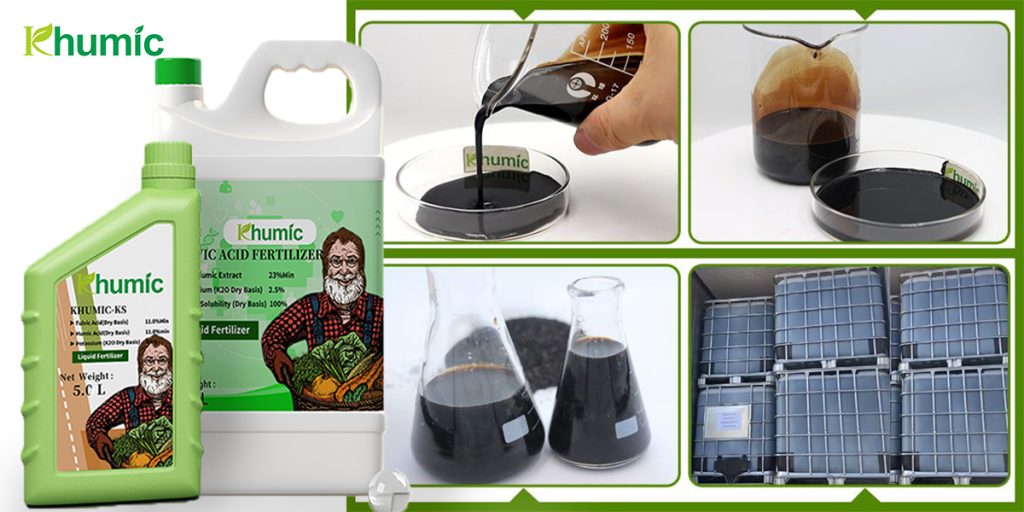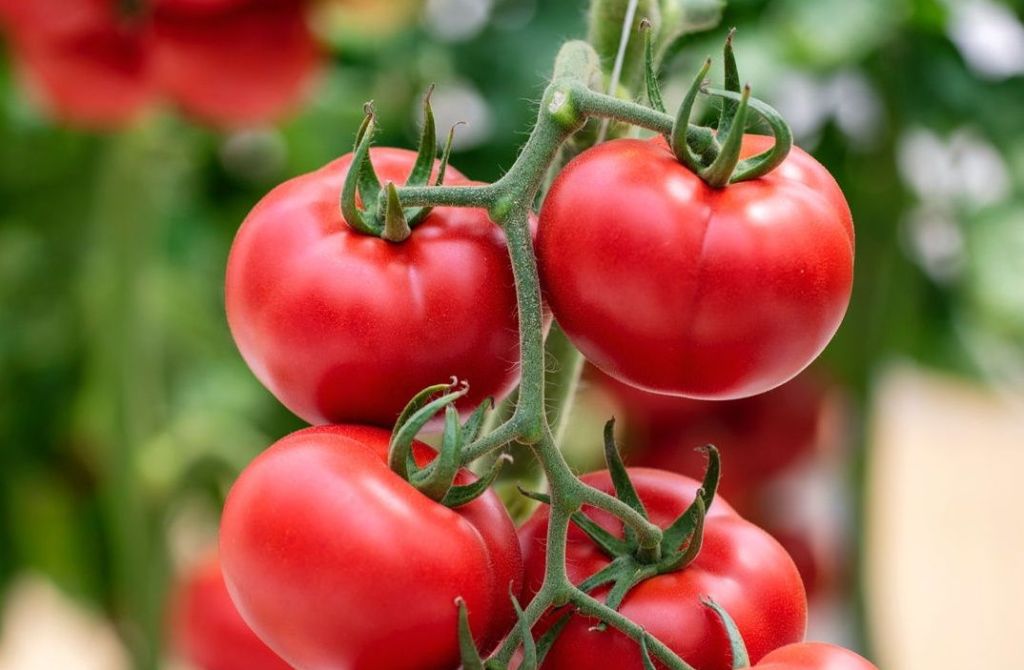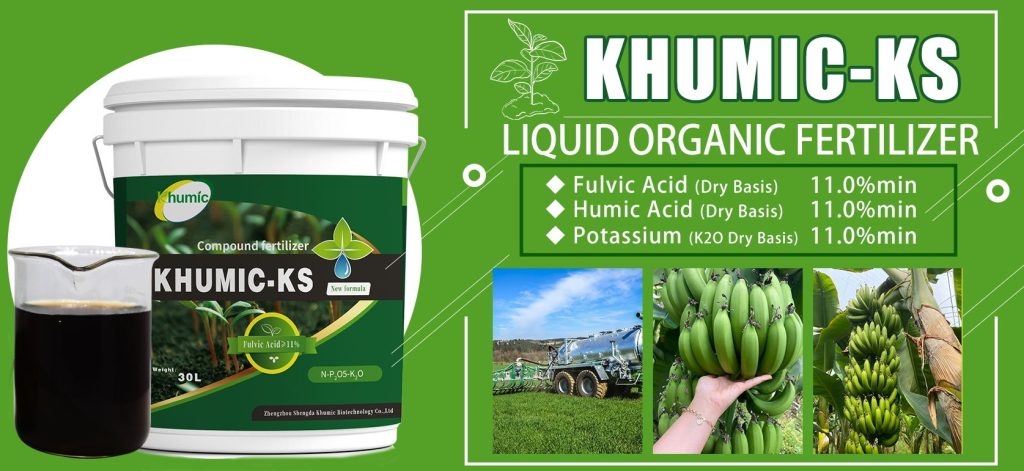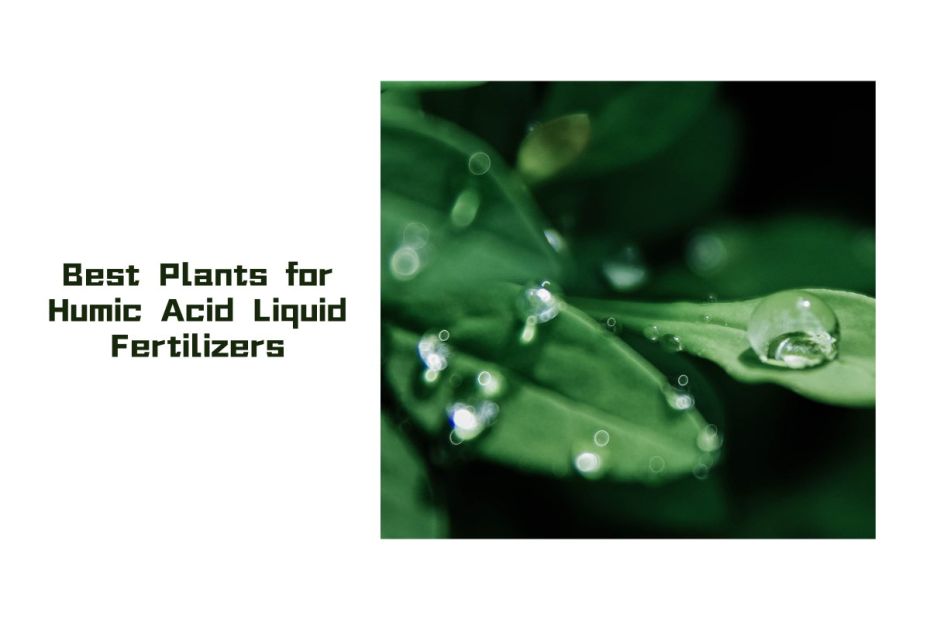Introduction
Humic acid liquid fertilizers are essential for promoting healthy plant growth and blooming flowers. This organic compound derived from organic matter is rich in essential nutrients and helps improve soil structure, promote nutrient absorption, and promote plant growth. However, not all plants respond to humic acid liquid fertilizers in the same way. In this comprehensive guide, we will explore the plants best suited to humic acid liquid fertilizers and how to use them effectively.
Table of Contents
What is Humic Acid?
Humic acid is a product of physical, chemical, and biological processes that break down organic matter residues and microbial cells and improve phosphorus fertilizers’ availability. It is rich in essential nutrients and acts as a soil conditioner, improving soil fertility and structure. Humic acid helps plants absorb nutrients more efficiently, enhances microbial activity in the soil, and increases water retention. Rich in organic and mineral substances, it stimulates plant growth.
Benefits of Humic Acid Liquid Fertilizer
- Easy to apply: Can be used in irrigation systems, and foliar sprays. Easier to deliver to plant roots.
- Improves nutrient absorption: Humic acid helps plants absorb nutrients more efficiently, which promotes healthier plant growth.
- Enhances soil structure: Improves soil aeration, water retention, and drainage, creating optimal growing conditions for plants.
- Stimulates microbial activity: Humic acid promotes the growth of beneficial soil microorganisms, which helps nutrient cycling and plant health.

Best Plants to Apply Humic Acid Liquid Fertilizers
Now, let’s explore some plants that respond particularly well to humic acid liquid fertilizers:
Tomatoes
Tomatoes are heavy feeders that prefer nutrient-rich soil. The nutrient-enhancing properties of humic acid are a great benefit to tomatoes. Humic acid liquid fertilizers can help tomatoes get the essential elements they need for optimal growth and increase nutrient absorption. Make tomatoes fuller, juicier, and more flavorful.

Peppers
Whether you are growing bell peppers or hot peppers, these plants can thrive with the help of humic acid fertilizers. Like tomatoes, peppers also need a constant supply of nutrients to grow healthy leaves and produce abundant fruit.
Fruits
Strawberries, blueberries, raspberries, and other berry plants benefit from humic acid fertilizers, promoting healthy growth and producing sweet, juicy fruit.
Fruit Trees (Citrus, Apples, Peaches)
- Citrus Trees: Oranges, lemons, and other citrus trees love the nutrients added by humic acid liquid fertilizers, which produce sweet fruit and lush foliage.
- Apple Trees: Fruit trees need a balanced supply of nutrients to produce quality fruit. Humic acid can improve soil fertility around your fruit trees, keeping your apple trees strong and productive.

Leafy Greens (Spinach, Lettuce, Kale)
Leafy greens are fast-growing plants, and the soil conditioning effects of humic acid are of great benefit to them. Spinach, lettuce, kale, and other leafy greens thrive with the help of humic acid liquid fertilizers, growing bright and nutrient-rich leaves.
Flowering Plants (Rose, Petunia, Marigold)
Humic acid enhances the absorption of nutrients by flowering plants and promotes their flowering. Helps flowering plants develop a strong root system and improves the overall effect of flowering.
Herbs (Basil, Mint, Parsley)
Herbs thrive in nutrient-rich soils and are ideal for humic acid liquid fertilizers. Humic acid promotes the healthy growth of herbs and enhances their flavor and aroma.
Ornamental shrubs (azaleas, hydrangeas, camellias)
Humic acid can enhance soil structure and promote root growth, which is of great benefit to ornamental shrubs. The elegant flowers of these plants benefit from the nutrient-rich properties of humic acid fertilizers, promoting strong stems and bright flowers.
Ferns
Ferns are moisture-loving plants, and the water-retaining properties of humic acid liquid fertilizers are of great benefit to them. It can help ferns retain enough moisture in the soil to support their lush foliage growth.
Succulents
Although succulents are known for their low-maintenance properties, they can still benefit from the nutrient-enhancing effects of humic acid. Humic acid can help improve the soil quality of succulents and meet their unique growth needs.
Annual flowers (pansies, impatiens, geraniums)
Annual flowers bloom when they have access to adequate nutrients. Humic acid liquid fertilizers can improve soil fertility and nutrient utilization, allowing flowers to bloom throughout the growing season.
How to Use Humic Acid Liquid Fertilizers
- Growing Season Application: Apply humic acid liquid fertilizers during the active growing season to support plant growth and development.
- Watering after Application: Water thoroughly after applying humic acid liquid fertilizers to ensure nutrient uptake by the roots.
- Monitor Plant Response: Keep an eye on your plant’s response to fertilization and adjust fertilization frequency as needed.
- Combining with Other Fertilizers: Humic acid liquid fertilizers can be used in conjunction with other fertilizers to provide a balanced nutrient supply to plants.

Conclusion
Humic acid fertilizers are a valuable tool for improving soil fertility, promoting nutrient absorption, and supporting plant growth. By selecting plants that respond well to humic acid fertilizers and using them effectively, you can create a thriving garden full of healthy and vibrant plants. Experiment with different plant varieties to see how they benefit from the nutrient-enhancing properties of humic acid.
FAQs
-
Can I use humic acid liquid fertilizers on all types of plants?
Yes, humic acid liquid fertilizers can benefit a wide variety of plants, including vegetables, fruits, flowers, herbs, and shrubs.
-
How often should I apply humic acid liquid fertilizer to my plants?
The frequency of application depends on the needs of the specific plant and the manufacturer’s recommendations. It is essential to monitor the plant’s response and adjust the frequency of application accordingly.
-
Is humic acid liquid fertilizer safe for organic gardening?
Yes, humic acid is a natural compound that is safe for organic gardening practices. It helps improve soil health and plant growth without harmful chemicals.
-
Can humic acid liquid fertilizer be mixed with other fertilizers?
Yes, humic acid liquid fertilizer can be mixed with other fertilizers to provide a balanced nutrient supply for plants. However, be sure to follow the mixing instructions to avoid over-fertilizing.
-
How long does it take to see the effect of humic acid liquid fertilizer on plants?
The effect of humic acid liquid fertilizer may vary depending on the plant species and growing conditions. Generally speaking, you may start to notice improvements in plant growth and health after a few weeks of regular application.
